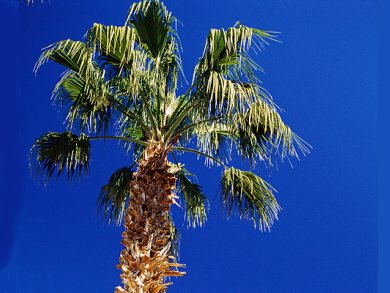Kimberly M. Carlsona, Yale University, New Haven, USA, and colleagues evaluate impacts of oil palm plantation development on land cover, carbon flux, and agrarian community lands in West Kalimantan, Indonesian Borneo. They used a spatially explicit land change/carbon bookkeeping model, which was parameterized using high-resolution satellite time series, and socioeconomic surveys to assess past and future plantation expansion under five scenarios.
About two-thirds of lands outside of protected areas are leased to oil palm agribusiness companies. Projecting business as usual (BAU), by 2020 ∼40 % of regional and 35 % of community lands are cleared for oil palm, generating 26 % of net carbon emissions. Intact forest cover declines to 4 %. The proportion of emissions sourced from peatlands increases 38 %.
Prohibiting intact and logged forest and peatland conversion to oil palm reduces emissions only 4% below BAU, because of continued uncontrolled fire. Protecting logged forests achieves greater carbon emissions reductions (21 %) than protecting intact forests alone (9 %) and is critical for mitigating carbon emissions.
Indonesia, currently the global leader in palm-oil production, aims to increase the area for oil palm cultivation to 45 million acres by 2020 from 24 million acres in 2009.
- Committed carbon emissions, deforestation, and community land conversion from oil palm plantation expansion in West Kalimantan, Indonesia,
Kimberly M. Carlsona, Lisa M. Currana, Dessy Ratnasarie, Alice M. Pittmana, Britaldo S. Soares-Filhof,
Gregory P. Asnerg, Simon N. Triggh, David A. Gaveaub, Deborah Lawrencei, Hermann O. Rodriguesf,
Proc. Nat. Acad. Sci. 2012.
DOI: 10.1073/pnas.1200452109




